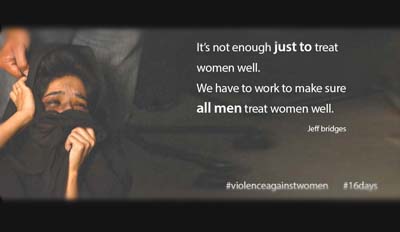The aficionado who felt at home in prisons
By Frayan Doctor
30 April 2016
KARACHI: For 56-year- old Shakeel, the advertising billboards of Karachi revive the painful memories of June 2007, when his son Salman was crushed to death under a collapsing billboard on Shahrah-e- Faisal when Cyclone Yemyin made landfall.A security manager at a multinational bank on I.I. Chundrigar Road, Shakeel got a call from Jinnah Hospital around midday on June 26 that his son was killed in the storm. The 22-year- old was riding on motorbike to work when the heavy rain and high winds toppled one of the big billboards, killing him and three other people instantly. “Every time I see the giant steel structures above my head, I can only think about Salman’s final moments and the pain he must have experienced. My wife has suffered from health ailments ever since Salman died,” said Shakeel with a distinct pain in his eyes. “He has left a void in our life, and we always wonder how the board just collapsed on to one of the busiest streets of the city.”
His answer lies in the flouting of the city’s construction bylaws by the Karachi government, cantonment boards, land-owning agencies advertisers and ad agencies which rake in hundreds of rupees a year between them for the purpose of outdoors billboard advertizing. There are over 3,000 billboards in Karachi, the bulk of them lining Shahrah-e- Faisal, the busiest artery. The revenue they generate for the various stakeholders depends on the size of the ad canvas per square foot and oddly enough, how much space they occupy in the air. As the owners and developing authority of Shahrah-e- Faisal, Cantonment Board Faisal profits handsomely by allowing ad agencies to rent out the space to promote brands. The cheapest rent is Rs10, 000 per month for 200sqft a month. The largest on the road, on the corner of the Financial Trade Centre, at 5, 000sqft, earns the board Rs9 million a year.
With so much money on the line, every stakeholder wants to get a piece of the lucrative pie. During the mayoral tenure of Niamatullah Khan, the city council passed the first billboard laws, named the Advertisement and Signage By-laws. These were designed to stop all construction of illegal billboards, acquire the relevant permission of the City District Government of Karachi (CDGK), cantonment board under which the land fell and to ensure a spacing of at least 200metres between the structures. But, it was under Khan’s successor, Mustafa Kamal that these laws began to be enforced. With less than 1,000 legal, he began tearing down all the illegal ones within the CDGK remits. But these days, without the kind of leadership Kamal provided, the CDGK has been unable to enforce the bylaws, and is in a constant squabble with the 17 cantonment boards over inter-lapping territorial claims.
It is not rocket science to understand the jostle to control billboard space. A CDGK official, who is an expert on auctioning the advertising space in the local government’s remits to the highest bidder said that for 2015, said his department secured hundreds of millions of rupees in revenue from the bids. “Depending on the location and size of the space, the auction can begin from Rs210, 000 for a 60ft by 20ft board, going up to as much as Rs500, 000. The competition between the 300 advertisers who seek to then rent out this space to agencies drives up the prices, bringing greater revenue for the department.”
On the other hand, the families of those killed by falling billboards on Sharah-e- Faisal in the summer of 2007 still have not received any form of justice or compensation, as promised. Rehman seeks closure through justice, which so far has been denied to him. “While they [the government and boards] continue making money through illegal means, I am left wondering what else I can do to bring those responsible for my son’s death to justice.”








